Edge Geometry - Ha Kika 刃幾何
This section discusses proper and improper edge geometry for tameshigiri. I use the term edge geometry, but I'm referring to the entire surface of the
blade. Knifes are usually sharpened by beveling the edge and leaving the
main surface of the blade untouched. A katana should have continuous
polished surfaces right up to the edge. The entire surface of the blade
must be reworked to sharpen it. A katana might come with a badly shaped
edge from the maker or it might be a result of amateur sharpening. Most
katana come from the maker with an edge optimized for hard targets. They
don't know what you are going to do with it, and this is the most durable edge.
Check the geometry of your blade by seeing how light reflects from it. Try
turning the blade to different angles and watch the reflection of a single
light. Pay attention to the surface right at the edge. Using a
plastic straight edge might also be useful.
|
A katana has two cutting planes. It slices best through a
target following one of those two planes. The geometry of the
sword will determine the optimum angle the blade should be at. The
best analogy is a chisel cutting through wood. Each sword has a
slightly different optimum angle. If you have an understanding of
the geometry of each blade, you can determine the best way to use it
successfully. The blade will try to follow one of these cutting
planes through a target. Resistance of the target will torque the
blade and cause the cut to cup or round unless the sword is forced to
keep the correct angle. If the blade goes through the target
at the same angle as the cut, it will bind up in the target.
|
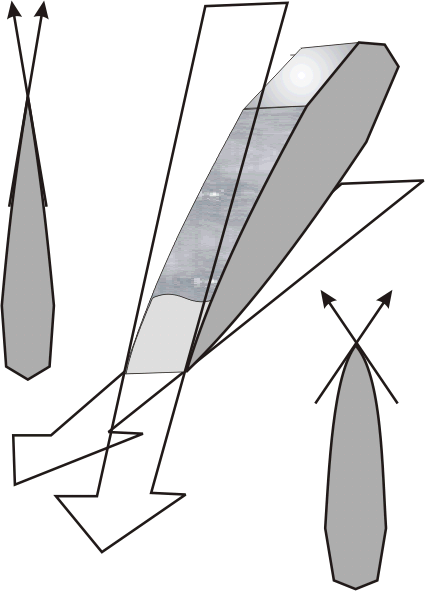 |
Bamboo and hardwood dowels should be considered hard targets.
Edges meant for hard targets must be durable. More extreme
geometries optimized for sharpness will roll over, chip, or flatten when
used on hard targets. This is the type of edge most appropriate
for surviving on a battlefield where armor would be encountered.
This type of edge has a tendency to bind in medium or soft
targets.
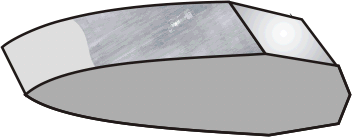
Tatami and softwood dowels should be considered medium density
targets. Edges meant for medium targets need to balance durability
and sharpness. This type of edge would be most appropriate for
everyday use against lightly or unarmored opponents. Some edge
damage could occur, but must be weighted against the increased cutting
ability. Cutting hard targets may cause some damage especially if
the sword is allowed to turn in the target.

Beach mats and thin rolled paper should be considered soft targets.
Edges meant for soft targets are totally optimized for sharpness.
This type of edge would be most appropriate for unarmed opponents.
Edge damage will inevitable occur, but the extreme sharpness would be
very effective. This type of edge should not be used for hard
targets and may need frequent sharpening when cutting medium density
targets.

A katana should not have an edge geometry like a kitchen knife or
machete. It should not have flat surfaces with an edge that rolls
over. The geometry should form a continuous curve that slides
through a target without binding. This type of edge does not have
cutting planes and will bind in a target. Soft targets will cut
but have ragged edges. Medium density targets will bind the blade
and make cutting very difficult.
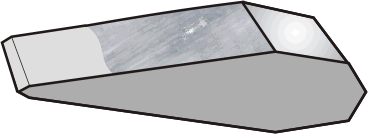
A katana should not be hollow ground with concave surfaces.
This will create an edge and blade that is too fragile for any real use.
All blades should be convex without low spots. A hollow ground
blade cuts soft targets easily, but chips very easily and can easily
snap in two.
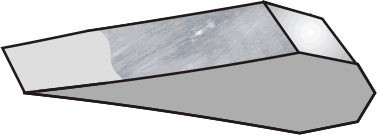
Both sides of a katana should have the same geometry. It must
make cuts from either side equally well. The geometry should be
the same for the entire monouchi (optimum cutting area of katana).
This type of problem is common to swords sharpened by amateurs or simply
polished for esthetics.
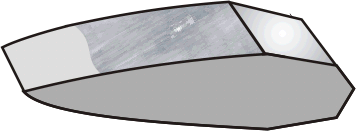
|